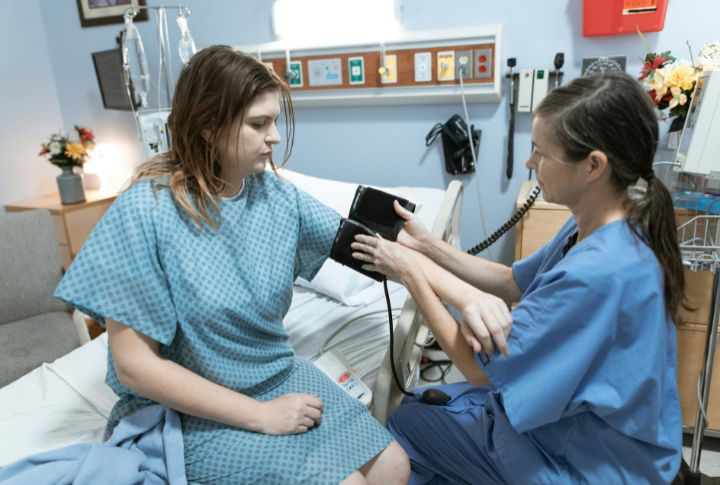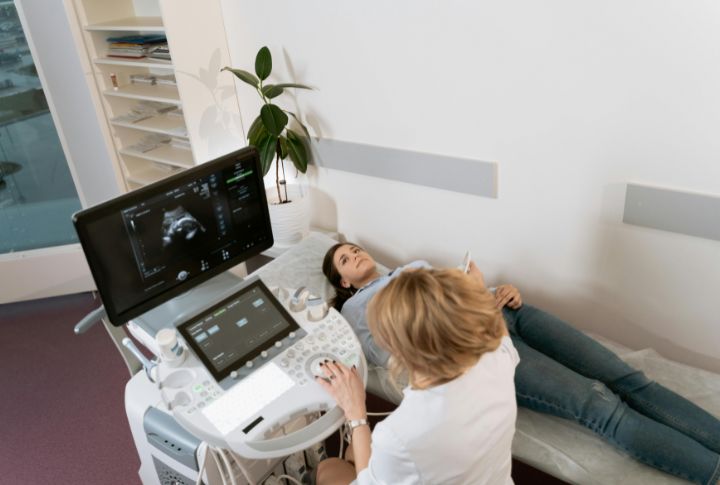
Only about one in ten people is left-handed, and that difference influences much more than handwriting. It can affect thinking patterns, movement, creativity, daily challenges, and how they interact with their environment. There’s a whole layer of human diversity wrapped into this one trait. Let’s explore what truly sets lefties apart.
Use The Right Hemisphere More Dominantly

The right hemisphere often plays a stronger role in guiding movement for left-handers, especially when it comes to hand control and coordination. This slightly different brain setup can influence how they approach tasks, solve problems, and respond creatively.
Less Strongly Lateralized For Language

Unlike most right-handers who rely mainly on the left side of the brain for language, left-handers tend to involve both hemispheres more equally. This shared processing can support flexible communication styles and more varied ways of expressing and interpreting ideas.
Better Divergent Thinking Skills

A lefty’s less rigidly specialized brain organization may contribute to a more flexible thinking style. They tend to naturally approach problems from multiple angles, which helps them generate a wider variety of unique and interesting solutions.
Faster Recovery From Left-Side Strokes

Left-handers tend to have functions distributed across both brain hemispheres, allowing the right side to compensate more effectively after a stroke in the left hemisphere. That unique flexibility leads to better recovery of abilities like speech.
More Likely To Experience Mixed-Handedness

They are more prone to being mixed-handed, and that suggests they switch hands depending on the task. They might write with the left but use a fork or throw a ball with the right, and that highlights their brain’s flexibility in hand use.
Higher Risk Of Allergies And Autoimmune Conditions

Some suggest a subtle link between being left-handed and a slightly higher likelihood of developing certain allergies or autoimmune issues. This curious association is an ongoing area of scientific investigation, but the reason remains unclear.
Twins Are More Likely To Include A Lefty

Twins, especially identical ones, have a higher chance of including at least one left-handed individual compared to the general population. It may be due to shared genetics or specific prenatal conditions they experienced in the womb.
Prenatal Stress May Increase Left-Handedness

Exposure to stress hormones during pregnancy has been linked to a slightly higher likelihood of a child being left-handed. That suggests that environmental factors while in the womb can subtly influence a baby’s eventual dominant hand.
More Common In Males Than Females

Left-handedness is observed slightly more frequently in men than in women worldwide. The exact biological or hormonal reasons for the small but consistent difference between the sexes are still something that researchers are working to understand.
Certain Professions Have Higher Rates Of Left-Handers

Left-handed people appear more frequently in professions involving spatial reasoning and quick decision-making—such as architecture, sports strategy, surgery, and graphic design. Their tendency to think differently under pressure may give them a slight edge in these fields.

